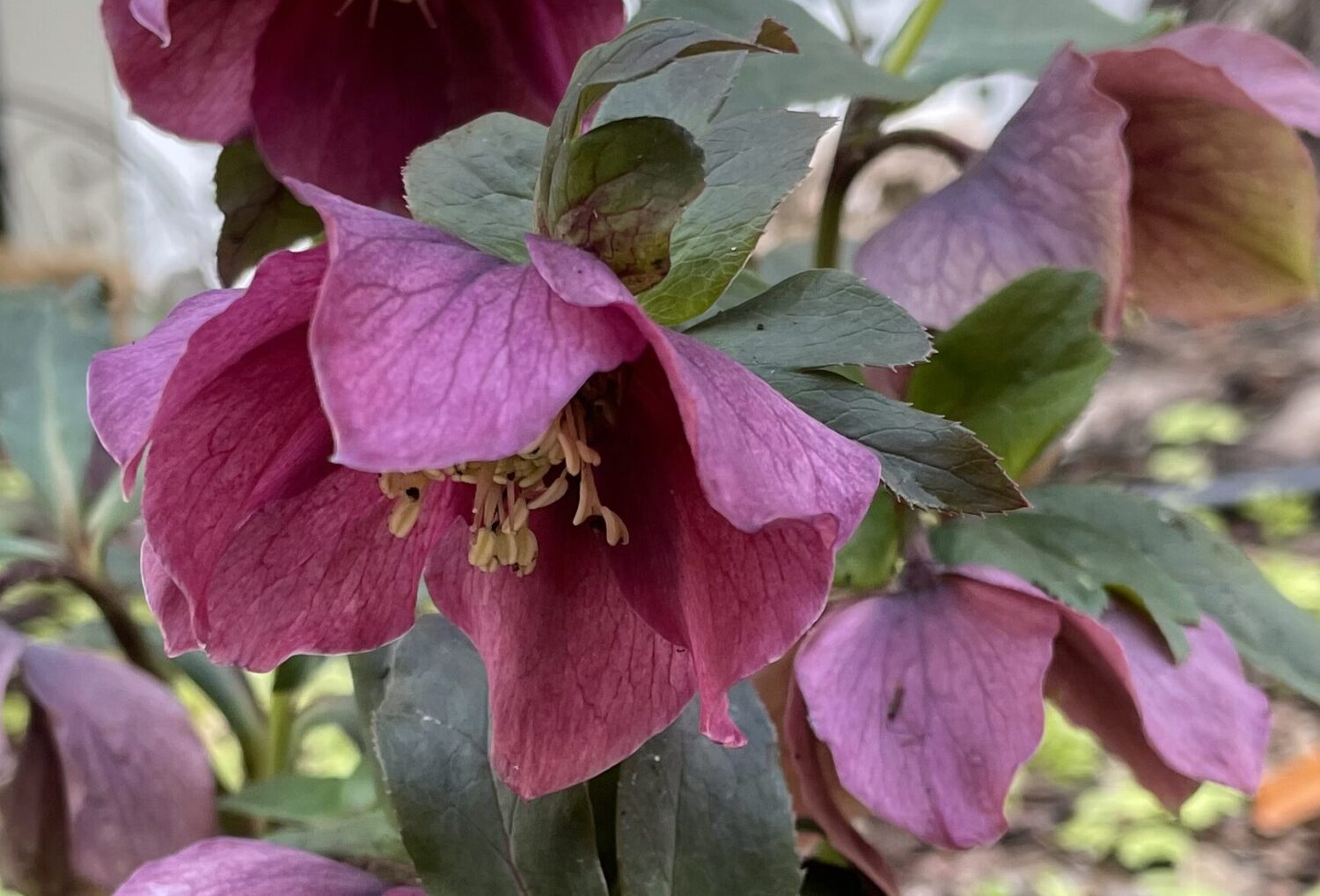Like many of the posts I publish, this one was a real eye-opener. I interviewed Dennis Northcott, above, Associate Archivist for Reference at the Missouri History Museum's Library and Research Center, and left the meeting feeling energized and full of new information about the treasure trove of St. Louis history that's contained in the facility at 225 S. Skinker.
The structure, acquired by the museum in 1989, was originally United Hebrew Temple. The museum added a wing to the south to house more of its vast collection. Everything in the museum's collection that is not currently being exhibited at the Missouri History Museum in Forest Park is in storage at this facility. This includes costumes, furniture and guns, diaries belonging to Lewis & Clark, papers with origins in the 19th c. fur trade and westward migration, and correspondence from WW II.
Dennis joined the Missouri History Museum's staff in 1989 after graduating from Washington University with a degree in history. He's the creator of the museum's Genealogy and Local History Index. In 2013 he appeared on the TLC network's genealogy program "Who Do You Think You Are?" when actor Chris O'Donnell was researching information about his great-great grandfather (read about it here).
A dedicated trio of volunteers helps Dennis index mentions of St. Louisans or St. Louis street addresses that appear in a variety of publications and documents in the library and archives. Among the unusual items catalogued are employee magazines for various St. Louis companies. The Budcaster was published by Anheuser Busch in 1952-54 & 1960-64, Airscoop by McDonnell Aircraft Corporation, and Union Electric Company Magazine (1913-1969), which promoted a "perfect baby" contest. Among the researchers that use the facility are genealogists, students, authors, and insurance companies investigating buildings for fire insurance purposes. Real estate investors and developers who are acquiring a site often want to know what occupied a location in the past for environmental purposes.
The History Museum's Research Center contains a gold mine of information about the history of houses in the region, which is why Dennis contacted me in the first place. He thought CWE residents who live in grand historic houses would be interested in learning about his workshops describing the resources available at the center to research the history of their home and its former residents. The next workshop is scheduled for Saturday March 1 at 9:30. (Find info here.)
Richard Compton produced a beautiful pictorial map of St. Louis in 1875. David Rumsey, a San Franciscan who is passionate about maps, scanned all of the pages from Compton's pictorial maps and stitched them together. In the case of the St. Louis map there were 110 pages! Here is a fascinating link to a bird's-eye view of St. Louis at that time. Have fun enlarging the image and when you do, you'll find out what the Central West End looked like in the late 1800's.
If I haven't lost your attention by now I'm glad, because here's another interesting tidbit. Author Doris Kearns Goodwin came to the Missouri History Museum's Research Center when she was writing Team of Rivals, the Political Genius of Abraham Lincoln, which was made into the film Lincoln by Steven Spielberg. She was researching Attorney General Edward Bates who owned an estate called "Grape Hill" in Missouri. After she left, Dennis continued digging and finally found the original deed to Grape Hill, a 10-acre slice of property on Laclede near Forest Park that Bates purchased from Peter Lindell. After The Great Midwest Earthquake hit New Madrid in 1811, the U.S. Government, in an early example of bail-out, purchased the land from the landowners who could then swap for property elsewhere in Missouri.
Dennis has compiled numerous guides to the museum's manuscript collections, including an inventory of the its extensive Civil War holdings. Here is a military pass issued to J. R. Meeker on September 27, 1861. Missourians, as you know, had divided loyalties during the Civil War. St. Louis was Union Territory, and an official pass was required to travel beyond the city.
Under "peculiarities" listed for J. R. Meeker you'll notice that he was "good looking"…tall too!
Thanks to the generosity of St. Louisan William K. Bixby, the Missouri History Museum has the 3rd or 4th largest collection of Thomas Jefferson documents. The collection includes Thomas Jefferson's driver's license, above. William Bixby's granddaughter, Sally Bixby Defty, a former St. Louis Post-Dispatch reporter, wrote a book about her grandfather, Passionate Pursuits: William Keeney Bixby; Industrialist, Collector, Philanthropist, Traveler, which you can read here in a 2012 St. Louis Beacon book review by Mary Delach Leonard.
Licenses were required to operate the ferries that traversed the rivers in the area. Here is one issued to Alfred Dougherty in 1843.
And finally, here is a circular distributed by The Joint Committee on Street Cleaning in 1896 on the subject of street cleaning. You'll notice that the throwing of banana skins on sidewalks is forbidden.
If you have questions about the history of your house, genealogy or anything about the Missouri History Museum's collections, you may contact Dennis Northcott at [email protected]. While his time is limited, he can do quick "look-ups" and/or provide suggestions to facilitate your research.
Again, here is information about the House History Workshops, $10, $5 for MHM members. A few spots remain for Saturday March 1st at 9:30 a.m.
Missouri History Museum Library and Research Center, Tues.-Fri., noon to 5 p.m., Sat. 10 a.m. to 5 p.m., 225 S. Skinker.
